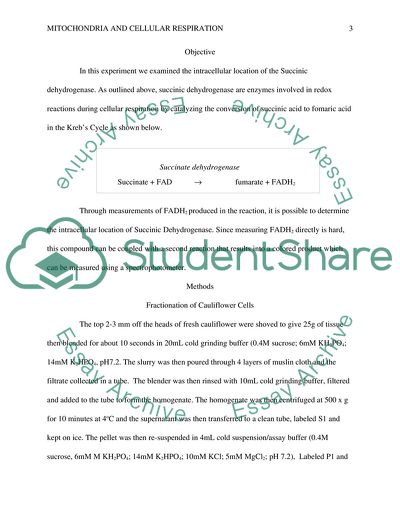Cite this document
(MITOCHONDRIA AND CELLULAR RESPIRATION Lab Report, n.d.)
MITOCHONDRIA AND CELLULAR RESPIRATION Lab Report. https://studentshare.org/biology/1867952-mitochondria-and-cellular-respiration
MITOCHONDRIA AND CELLULAR RESPIRATION Lab Report. https://studentshare.org/biology/1867952-mitochondria-and-cellular-respiration
(MITOCHONDRIA AND CELLULAR RESPIRATION Lab Report)
MITOCHONDRIA AND CELLULAR RESPIRATION Lab Report. https://studentshare.org/biology/1867952-mitochondria-and-cellular-respiration.
MITOCHONDRIA AND CELLULAR RESPIRATION Lab Report. https://studentshare.org/biology/1867952-mitochondria-and-cellular-respiration.
“MITOCHONDRIA AND CELLULAR RESPIRATION Lab Report”. https://studentshare.org/biology/1867952-mitochondria-and-cellular-respiration.


